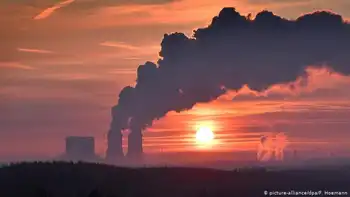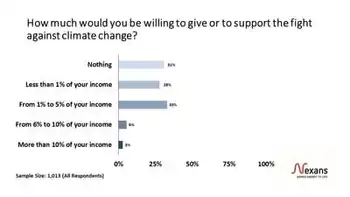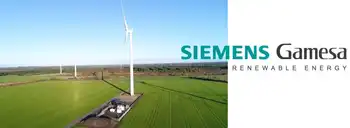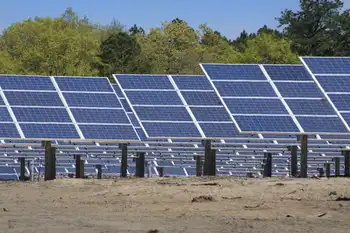Power transmission complex, costly
That illustrates the public's attitude on electricity production. Consumers want it here on demand as cheaply as possible, but only those inquisitive few care about where it comes from or how it is transmitted. Consumers, attuned or indifferent, will get bigger electric bills in 2010 when prices in Pennsylvania jump perhaps 35 percent or more.
Electricity companies say it's an inevitable reaction to open-market prices that increased during the cap years. Alert customers might be confused.
Wait, they might ask, haven't bills already gone up? Haven't companies already received rate increases? Indeed, they have because only the generation rate, which accounts for about 40 percent of the total cost, was capped.
Utilities have been free to request and receive increases to transmission and distribution rates. This year alone, local provider PPL Electric Utilities has requested increases of about 10 percent. About half of that has already been granted by the state Public Utilities Commission.
Demand changes constantly, creating spikes that the industry must handle or risk blackouts. It's not cost effective for generating companies to always generate peak-period amounts, so the industry has created a two-tiered system to handle that demand. The first tier is large, efficient power plants that create vast amounts of power.
The plants are slow to turn on, but run almost continually, forming the backbone of the supply. The second tier includes small, often automated "peaking" plants that usually run on expensive fuel, but can be turned on almost instantly. They run when demand exceeds the large plants' output.
"The philosophy is entirely different," PPL spokesman George Lewis said. "Those plants are for the most part sitting in wait. If they get the call... they'd better be able to start." Electricity is sold by generating companies in an open market through a brokerage organization to utility companies. The brokerage solicits bids from the generating companies, and accepts the lowest ones first.
Generating companies, however, are all paid the highest accepted bid. So when expensive peaking units must be used, utilities pay a premium price for every megawatt. The rate caps, which began in 1996, have kept customers from feeling that effect. Also at issue is where plants are located. Because large plants often face opposition, they often are built where few people live.
Pennsylvania exported 70 billion kilowatt-hours in 2006, more than any other state, according to Doug Biden of the Electric Power Generation Association. All that power gets shipped through high-voltage lines, which themselves often receive opposition.
"I would say it's more difficult to build a transmission line than to build anything else just because of its length," state Consumer Advocate Sonny Popowsky said. They're also somewhat unreliable.
In August 2003, electricity-laden lines in Ohio sagged into a tree, sparking a blackout that crippled the Northeast. And PPL estimates energy lost to heat while traveling on the lines accounts for 9 percent of use. To control the price shocks that come with relying on one fuel, the industry plans to use a variety of fuels in the future. Politicians are pushing eco-friendly sources.
But such plants must go where the fuel is, requiring more transmission lines.
Furthermore, their energy-production-to-land-use efficiency is dwarfed by larger, more established plants. An example: The Susquehanna nuclear plant near Berwick can produce about six times more power per acre than the Bear Creek wind park. Renewable energy accounts for only 3 percent of total generation in the state, according to Biden.
Legislation might soon make renewable sources more appealing, though. Renewable energy quotas have been passed in some states, including Pennsylvania. More stringent carbon dioxide emissions caps would put heavy economic restrictions on coal plants. Many officials believe it comes down to personal responsibility.
"We have a society problem where we demand electricity" while complaining about its drawbacks, said Terry Williamson, a spokesman for the brokerage organization PJM Interconnection. "But you've gotta have the juice somewhere."
Related News
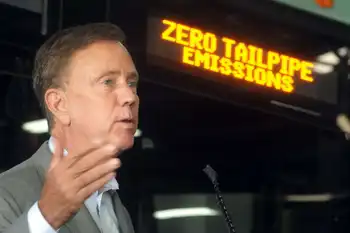
CT leads New England charge to overhaul electricity market structure
HARTFORD - Weeks after initiating a broad overhaul of utility regulation within its borders, Connecticut has recruited four New England states to rework the regional grid that is overseen by ISO New England, the independent system operator charged with ensuring a reliable supply of electricity from power plants.
In a written statement Thursday morning, Gov. Ned Lamont said the current structure “has actively hindered” states’ efforts to phase out polluting power plants in favor of renewable sources like wind turbines and solar panels, while increasing costs “to fix market design failures” in his words. Lamont’s energy policy chief Katie Dykes has…


